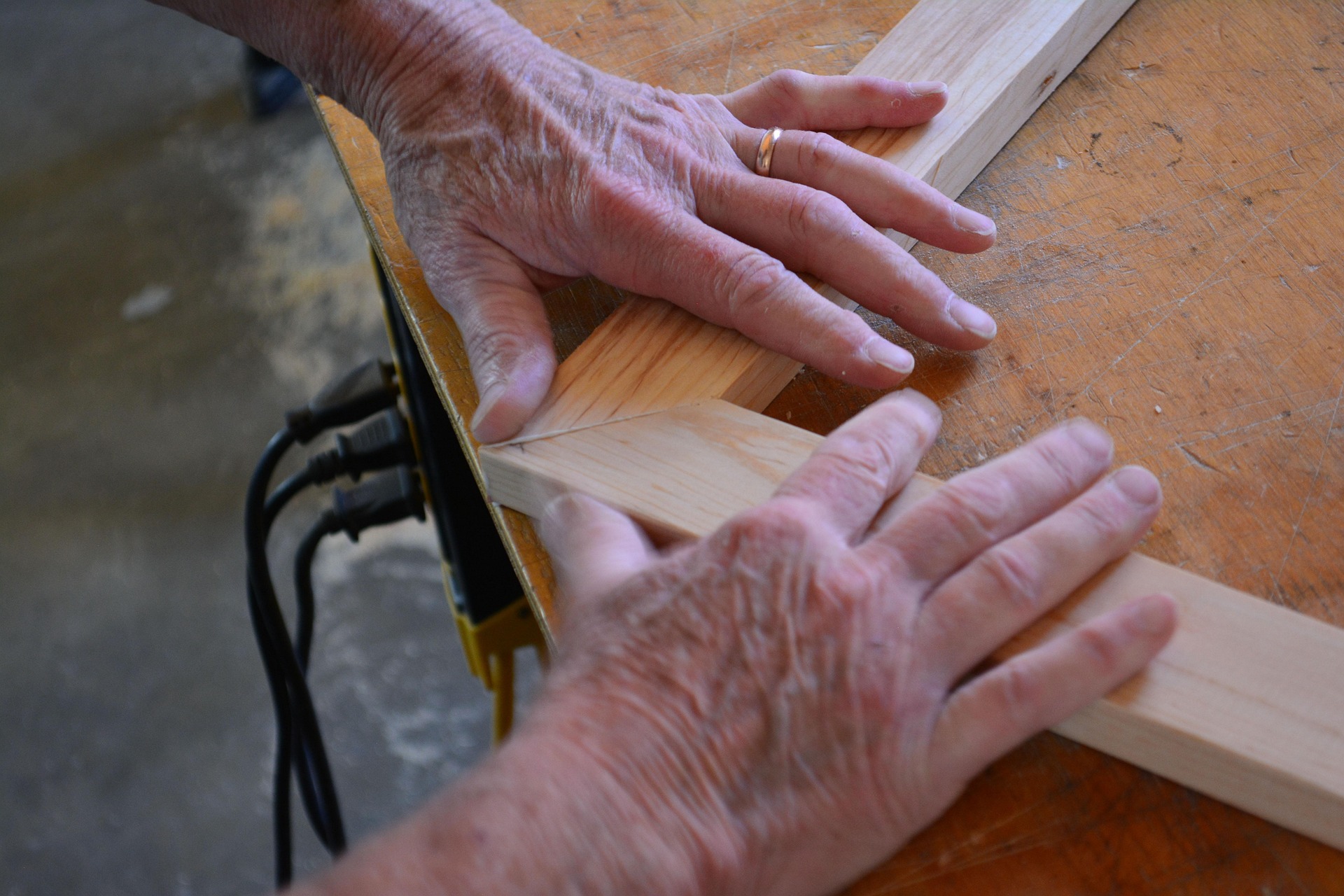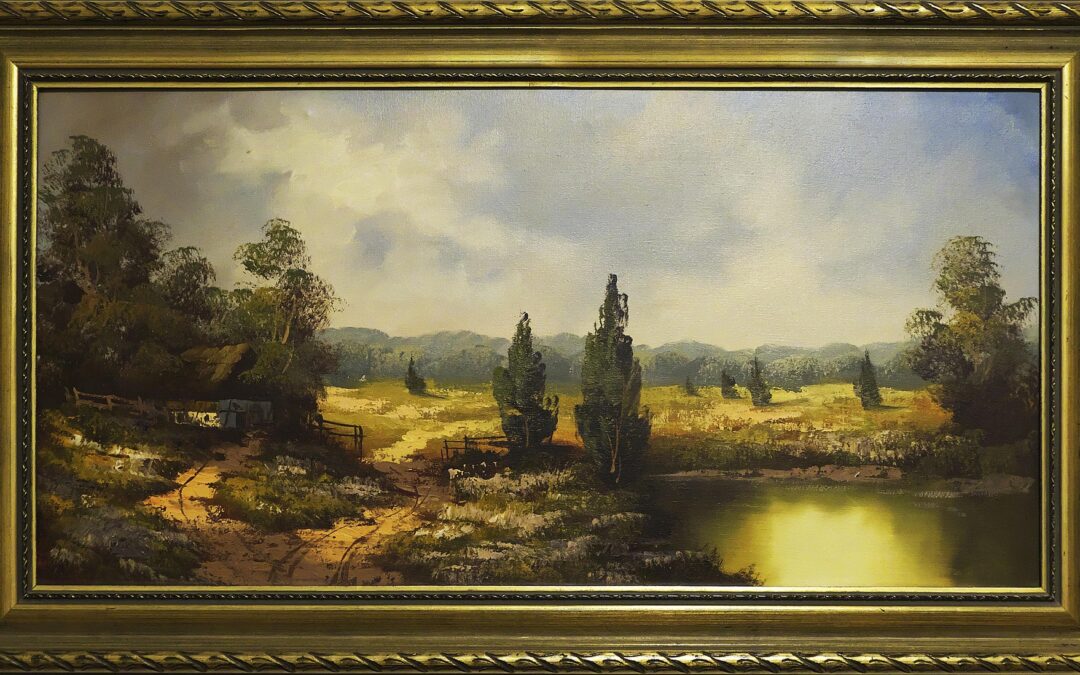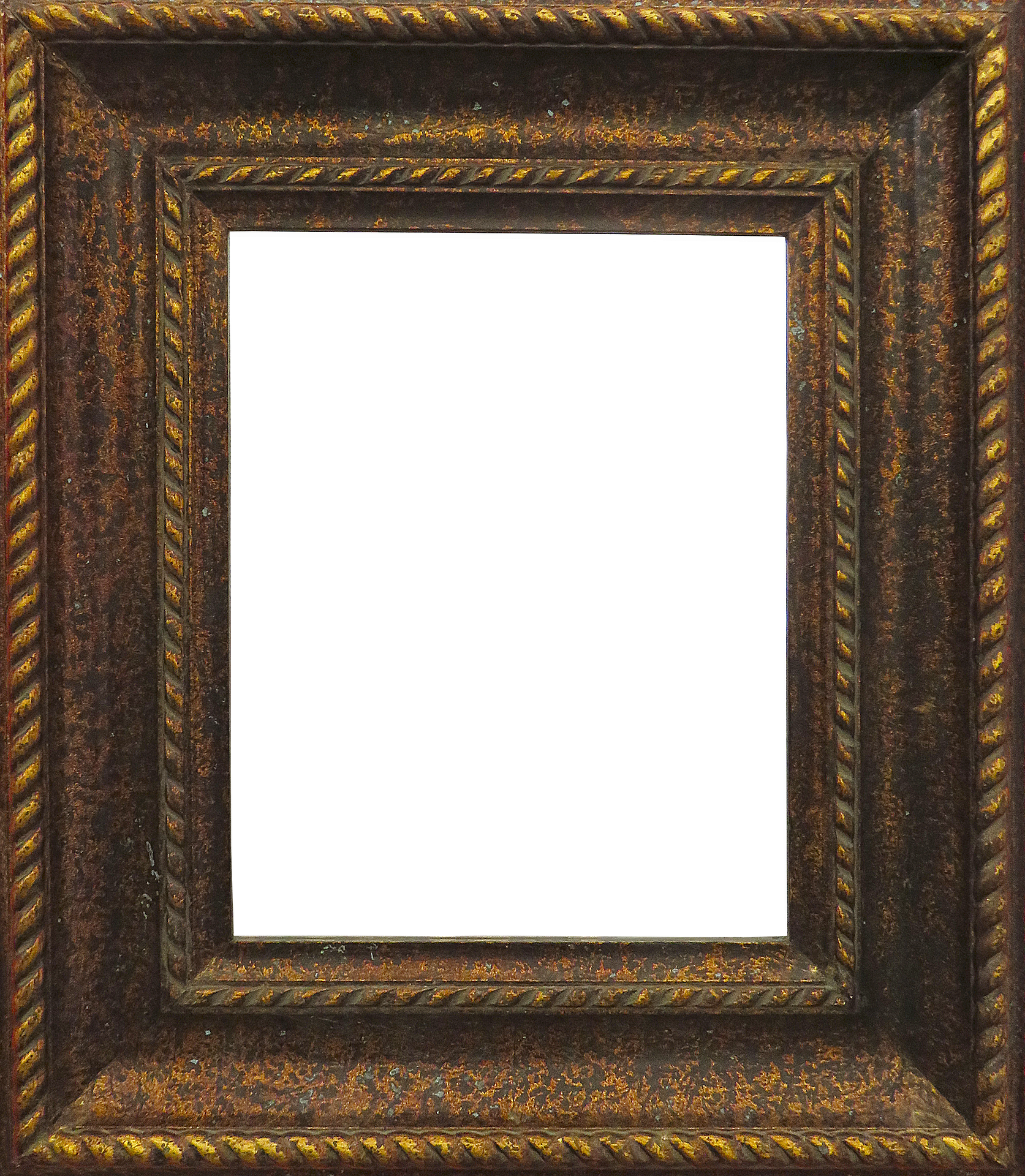Antique gilt picture frames add a touch of elegance and history to any space but cleaning them can feel intimidating. I know how easy it is to worry about damaging the delicate gold leaf or losing that beautiful patina over time. The good news is with the right approach you can keep your frame looking stunning without risking harm.
I’ve learned that a gentle hand and a few simple tools go a long way when caring for these treasures. Whether you’ve inherited a family heirloom or found a unique piece at a flea market it’s worth taking the time to clean it properly. Let me share the best tips for safely bringing out the frame’s original shine while preserving its vintage charm.
Understanding Antique Gilt Picture Frames
Antique gilt picture frames feature handcrafted wooden bases covered in thin gold leaf or gold-colored alloy. Craftsmen used traditional techniques like water gilding or oil gilding to apply these metallic layers, producing finishes common in 18th- and 19th-century European frames. I see that fine detailing and ornate designs define most antique gilt frames, with motifs such as acanthus leaves, beading, or scrolls frequently adorning the surfaces.
Fragility remains a key concern for antique gilt frames—gold leaf layers usually measure less than 1 micron thick, making them susceptible to abrasion, moisture, and chemical exposure. Touching the surface often leads to loss of gilding or flaking, especially if the surface already shows signs of wear or tarnish. I find patina development common, as factors like age, humidity, and air pollution contribute to fading and darkening.
Identifying genuine antique gilt frames relies on several markers. Hand-applied gold leaf appears irregular, with subtle seam lines and overlapping strokes, while later machine-gilded or painted imitations have uniform coverage. Pinholes, cracks, or aged glue residue sometimes appear in the crevices of authentic frames. I use inspection tables detailing visual and material cues to distinguish genuine antique surfaces from reproductions:
| Feature | Antique Gilt Frame Example | Modern/Reproduction Example |
| Gold Layer Appearance | Irregular leaf, tiny overlaps, patina | Uniform, no overlaps, bright |
| Back Structure | Hand-cut wood, old nails, labels | Machine-cut, new hardware, tags |
| Surface Embellishments | Hand-carved details, tool marks | Molded resin, uniform pattern |
| Signs of Aging | Fading, surface cracks, oily residues | Pristine, no discoloration |
Proper understanding of these characteristics helps me select gentle cleaning methods tailored to each frame’s unique structure and condition.
Assessing the Condition of the Frame
I check the frame’s stability and surface before starting any cleaning process. Careful assessment helps me avoid unintentional damage to antique gilt picture frames.
Identifying Signs of Damage
I look for frequent issues such as:
- Flaking Gilt: Small gold leaf sections may lift from the surface, often near the corners or edges.
- Cracks and Chips: Minor gaps or detached pieces appear along intricate designs or at contact points.
- Tarnish and Discoloration: Darkening or uneven patches signal oxidized metal or aged protective layers.
- Detached Elements: Ornamentation, such as molded decorations or applied motifs, can pull away from the frame.
- Surface Abrasions: Fine scratches indicate improper previous cleaning or physical contact with rough objects.
Table: Common Damage Indicators
| Damage Type | Typical Locations | Possible Causes |
| Flaking Gilt | Edges, high-relief details | Humidity, age, movement |
| Cracks and Chips | Corners, complex molding | Impact, handling, drying |
| Tarnish | Broad surface areas | Air exposure, pollutants |
| Detached Elements | Floral or scrollwork zones | Adhesive failure, vibration |
| Abrasions | Flat and protruding surfaces | Cloth wiping, accidental rub |
Determining Gilt Type and Age
I use visual and tactile cues to establish gilt type and approximate period, guiding specific cleaning steps.
- Gold Leaf vs. Metal Alloy: Genuine gold leaf feels cooler and displays subtle irregularities. Metal alloy finishes, like composition gold, have a uniform tone and may reveal a base color beneath chips.
- Gesso Layers: Traditional period frames show a chalky, white substrate under the gold where worn, while modern reproductions use synthetic coatings.
- Aging Indicators: I spot craquelure (fine network cracks), smoke specks, and patina changes pointing to 18th or 19th-century craftsmanship.
Table: Gilt Type and Age Clues
| Feature | Gold Leaf | Metal Alloy |
| Tone | Warm, layered, varied | Brighter, flat |
| Wear Pattern | Exposes gesso, not metal | Exposes metal, not chalk |
| Aging Signs | Craquelure, soft patina | Dullness, greenish tinge |
| Weight | Lighter, wood base | Heavier, metal base |
Accurately assessing these elements ensures that I select the safest and most effective cleaning approach for each antique gilt picture frame.
Preparing for Cleaning
I approach cleaning an antique gilt picture frame with care, protecting fragile surfaces and ensuring no additional damage occurs. My preparation directly affects preservation of the frame’s historic value and original detail.
Gathering Appropriate Materials
I collect soft, non-abrasive tools to clean gilt picture frames. These specific items reduce the risk of scratching or removing delicate gold leaf. I also customize materials for each frame based on its observed condition.

| Material | Purpose | Usage Example |
| Soft natural-bristle brush | Remove loose dust and debris | Goat hair artists’ brush |
| Lint-free cotton gloves | Prevent fingerprint contamination | Handling frame during inspection |
| Microfiber cloth | Gently wipe surface grime | Polishing dry, stable gilt surfaces |
| Mild distilled water | Lightly dampen cloth (if needed) | Cleaning stubborn residue |
| Soft eraser (chemical-free) | Erase minor surface marks | Lifting pencil marks on back |
| Cotton swabs | Spot clean tight carvings | Reaching crevices in embellishments |
I avoid harsh chemicals, water-based cleaning sprays, and rigid tools, since these can strip gilt and damage the underlying gesso.
Setting Up a Safe Workspace
I set up a workspace for cleaning antique gilt picture frames to maximize safety for both the frame and myself. Controlled conditions help minimize accidental harm during the process.
| Setup Requirement | Rationale | Frame Context Example |
| Flat, padded non-slip surface | Prevents frame shifting or toppling | Thick felt pad on sturdy table |
| Adequate lighting | Reveals small cracks or issues | Adjustable LED lamp for close inspection |
| Stable temperature and humidity | Reduces stress on gilt and wood | Indoor environment away from direct sunlight |
| Dust-free area | Keeps contaminants from settling | Separate workspace, away from foot traffic |
I place protective coverings on the floor to catch loose fragments or dust, ensuring nothing valuable is lost. I keep all tools within easy reach to reduce movement and avoid mishandling the frame.
Step-By-Step Guide: How to Clean Antique Gilt Picture Frame
I use careful steps to clean antique gilt picture frames, preserving both their structural integrity and decorative appeal. Each phase targets fragility, surface sheen, and original gilt finish.
Dusting the Surface Gently
I start by removing loose dust from the antique gilt frame using a soft natural-bristle brush. I select brushes such as sable or goat hair, avoiding synthetic bristles that might scratch the gold leaf. If I see intricate ornamentation, I angle the brush to dislodge dust from crevices. I keep pressure light since vigorous motions can flake or detach fragile gilding.
Appropriate Brushes and Techniques
| Tool Type | Material | Frame Area | Effectiveness |
| Sable Brush | Natural Sable | Detailed Carvings | High |
| Goat Hair Brush | Natural Goat Hair | Flat, Broad Surfaces | High |
| Microfiber Cloth | Synthetic/Blend | Back, Sides | Medium |
Cleaning with Specialized Solutions
I dampen a clean microfiber cloth with distilled water for surface cleaning, wringing it thoroughly to avoid wetting the gilded surface excessively. If smudges or grime persist, I mix a few drops of mild, pH-neutral soap into distilled water and spot-test on a hidden section before cleaning visible areas. I work in sections, dabbing without rubbing, to avoid lifting or dissolving the gold leaf or gesso.

Safe Cleaning Agents for Gilt Frames
| Solution | Suitable For | Risk Level | Test Area First |
| Distilled Water | General Surface Cleaning | Low | Yes |
| pH-Neutral Soap Solution | Light Grime | Medium | Yes |
| Cotton Swab (dampened) | Small Details | Low | Yes |
Handling Stubborn Spots and Repairs
I never use commercial cleaners or metal polishes on antique gilt picture frames since they can corrode or discolor original finishes. For stubborn grime, I use a dampened cotton swab, rolling it gently over the spot. I avoid scraping or pressing against delicate ornamentation to prevent flaking or loss. If I see flaking gilt, loose elements, or deep embedded dirt, I pause and consult a professional conservator.
Examples of When to Seek Professional Help
| Issue | Signs | Immediate Action |
| Flaking Gold Leaf | Visible lifting or gaps | Stop cleaning |
| Crumbling Decorative Gesso | Powdery residue or cracks | Stop handling |
| Severe Staining or Unknown Substances | Deep discoloration, oily marks | Document and seek expert |
I maintain a systematic approach, working under consistent light and observing the frame for sensitivity throughout cleaning stages. This routine allows me to protect the frame’s artistry, value, and historical context.
Tips for Preserving Gilt Frames
Preserving antique gilt picture frames helps ensure their historical character and value remain intact between cleanings. I use specific guidelines and practices to keep frames looking elegant and prevent unnecessary wear.
What to Avoid During Cleaning
Certain practices increase the risk of permanent damage to gilt surfaces. I always steer clear of these:
- Water Saturation: Flooding the gilt with water, especially near joints or flaking areas, weakens adhesives and causes lifting.
- Commercial Cleaners: Most multi-purpose or ammonia-based solutions react with gold leaf, creating dull spots or streaks.
- Abrasive Materials: Hard brushes, erasers, and rough cloths, such as paper towels, scratch and remove fragile gold layers.
- Strong Pressure: Rubbing or scrubbing, even with a soft cloth, breaks or dislodges ornamental elements.
- Unprotected Hands: Oils and acids from bare fingertips stain or erode the gilt; I always use lint-free cotton gloves.
Table: Harmful Cleaning Practices and Potential Damage
| Practice | Example Tools/Substances | Potential Damage |
| Excessive water | Wet rags, soaked sponges | Lifting, flaking, mold |
| Harsh chemicals | Glass spray, bleach, acetone | Corrosion, haze |
| Abrasives | Toothbrush, scouring pad | Scratches, loss of gilding |
| Pressure | Scrubbing cloth | Cracks, detached moldings |
| Bare hands | Skin oils, sweat | Tarnish, stain, residue |
Long-Term Care and Storage Suggestions
- Controlled Environment: Keep the frame in rooms with humidity between 40–60% and temperatures near 68°F to minimize material stress.
- Low-Light Display: Use UV-filtered glass or indirect lighting to prevent fading or brittleness.
- Dust Barriers: Place frames away from vents, windows, and fireplaces to cut down on particulate buildup.
- Padded Support: Store unused frames upright on padded surfaces, separated by acid-free materials to prevent pressure marks.
- Regular Inspections: Check monthly for new cracks, loose elements, or insect activity, addressing problems promptly.
Table: Optimal Storage and Display Conditions
| Factor | Recommended Condition | Reason |
| Humidity | 40–60% | Avoids swelling, contraction, and flaking |
| Temperature | ~68°F | Prevents warping or sudden expansion |
| Light Exposure | UV-filter, shaded | Protects gilded finish from fading or brittleness |
| Placement | Away from direct airflow/heating | Minimizes dust, temperature fluctuations |
| Handling | Cotton gloves, padded supports | Reduces abrasion and keeps oils off the surface |
Conclusion
Caring for antique gilt picture frames takes patience and a gentle touch but the rewards are well worth the effort. I find that respecting the frame’s age and craftsmanship not only protects its beauty but also honors its history.
With the right approach and a bit of attention to detail you can enjoy these timeless pieces for years to come. If you ever feel unsure about a cleaning step or spot potential damage don’t hesitate to consult a professional. Your antique gilt frames deserve the best care possible.


